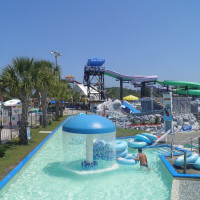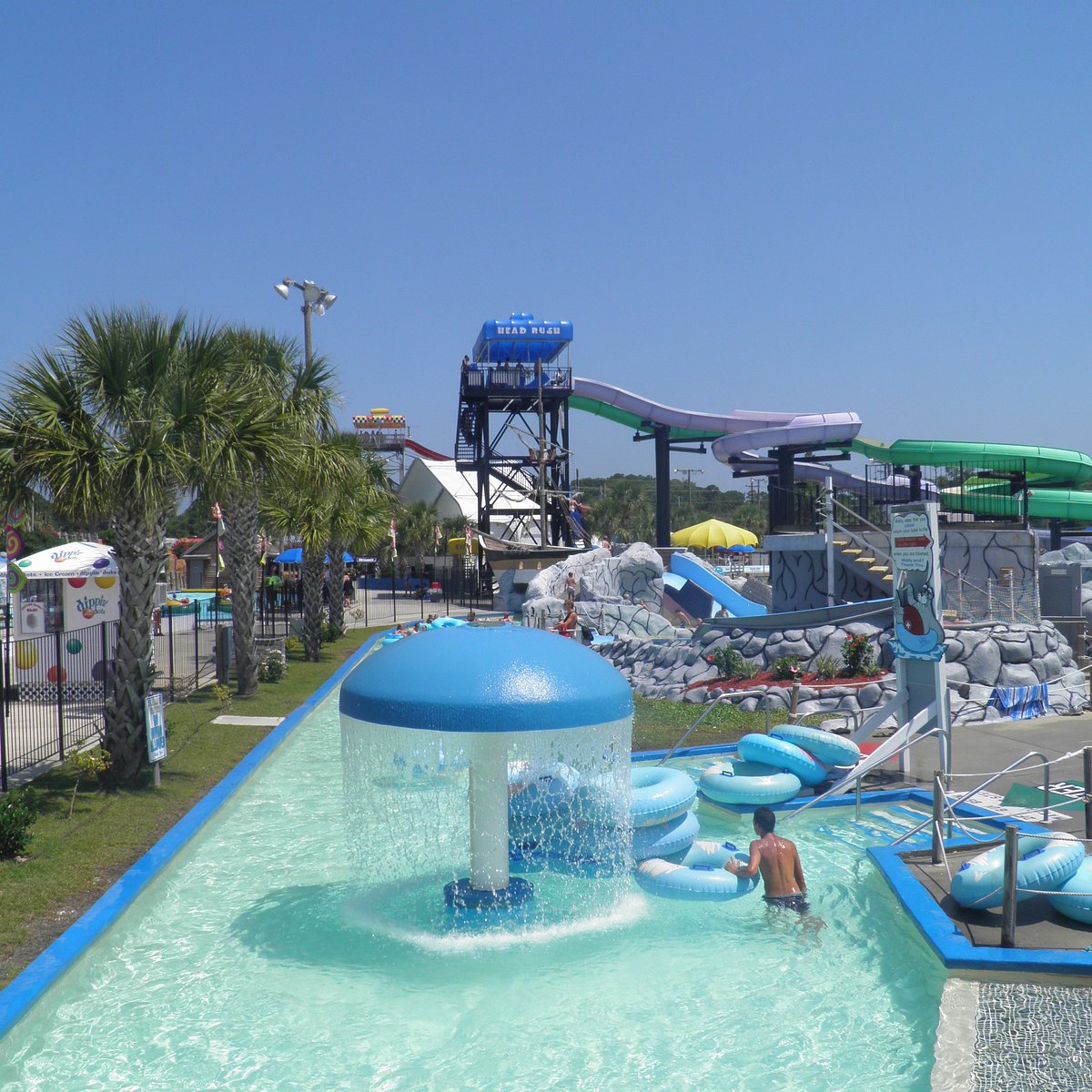What to Know About Admission Policies and Ticket Pricing at a California Waterpark

Strong 8k brings an ultra-HD IPTV experience to your living room and your pocket.
Planning a visit to a California waterpark involves more than simply selecting a park on the map. Visitors must consider a range of practical details such as admission models, seasonal availability, and added fees that could impact their overall experience. With California being home to many waterparks—each with its own pricing strategies and operational timelines—it’s essential to understand what to expect before arriving at the gates. From general admission types to parking costs and group packages, this article breaks down the standard policies and pricing structures found across many California waterparks, helping guests make informed and budget-conscious decisions.
General Admission Options: Day Passes, Season Passes, and Demand-Based Pricing
One of the first considerations for any California waterpark visit is the type of admission ticket to purchase. Most California waterparks offer three common models: single-day passes, season passes, and demand-based pricing. Single-day passes provide access for a full day and are ideal for one-time visitors or tourists. Some parks implement tiered pricing within this model, where weekday tickets or early-season entries are slightly less expensive than tickets for weekends or peak summer dates.
Season passes, on the other hand, are designed for frequent visitors, particularly locals or families who plan to return multiple times during the warmer months. These passes often include added benefits such as early park entry, complimentary parking, or guest discounts. A smaller number of parks employ dynamic pricing systems that adjust ticket costs based on expected crowd levels. For example, tickets may be higher in July than in May, or more expensive on a Saturday compared to a weekday. Being aware of this pricing structure can help visitors choose a date that fits their budget and comfort level with crowd size.
Age and Height-Based Ticketing Considerations
Age and height often play a role in determining ticket prices and park access in California waterparks. Many parks allow infants and toddlers under a certain age—commonly under two years—or height (usually under 36 inches) to enter for free. However, while younger children may receive free or discounted admission, they might also be restricted from using certain rides based on safety height requirements.
Children’s tickets are usually available at a reduced rate compared to adult pricing, but families should review the ride policies to ensure younger guests will have access to age-appropriate attractions. Teenagers and adults typically pay the full admission price, although some parks provide discounted rates for students, local residents, or those visiting on specific days. Seniors may also be eligible for reduced admission, depending on the park's individual policy.
Group Discounts and Family Packages
For visitors attending in larger groups—such as birthday parties, school field trips, or extended family outings—many California waterparks offer special pricing options. Group discounts generally apply to parties of 10 or more and often require advance reservations. These discounted rates may include bundled perks like food vouchers, locker rentals, or exclusive group seating.
Family packages are also common and are tailored to smaller groups such as two adults and two or three children. These bundles may include meal deals, discounted souvenir purchases, or early access to select rides. It's important to check each park's specific definition of a "group" or "family," as the criteria and inclusions can vary. Booking in advance and reviewing all package components can help maximize value.
Special Promotions and Discount Programs
Many California waterparks collaborate with outside partners to offer additional savings. Discounted tickets are frequently available online—either directly through the waterpark’s website or via authorized resellers. Third-party travel or tourism platforms, grocery store chains, and hotel partners may also provide bundled discounts, especially during promotional periods.
Several waterparks support community-focused promotions, including reduced admission for military personnel, first responders, and educators. These discounts typically require valid ID at the time of purchase or entry. In addition, some parks offer twilight pricing—discounted rates for guests arriving in the late afternoon or evening. This option can be useful for those who want to enjoy a shorter visit at a lower cost while avoiding the midday crowds.
Parking, Lockers, and Other Entry-Related Fees
Beyond the base ticket price, visitors should anticipate additional expenses such as parking fees, which may or may not be included in general admission. Some waterparks provide free parking, while others charge per vehicle, with premium options available for closer access to park entrances. Larger vehicles like RVs or buses may incur higher fees.
Additional entry services—such as early access passes, fast-track entry, or reserved seating areas—are also offered at select parks, usually for an extra cost. Locker rentals, towel service, and cabana reservations are separate amenities not typically included in standard tickets. Knowing what is and isn’t part of the base admission can prevent surprises at check-in and allow visitors to better allocate their budget.
Operating Seasons and Attendance Patterns
Most waterparks in California operate seasonally, opening in late spring and closing by early fall. Peak operational months are June through August, which also correspond with school summer vacations and high crowd volume. During this period, ticket prices tend to be higher and reservations may be required in advance to ensure entry.
In contrast, the shoulder seasons—late spring and early fall—may offer lower pricing, shorter lines, and more relaxed experiences. However, some amenities and attractions may be closed or have limited hours during these times. Evaluating your priorities—whether it’s cost savings, smaller crowds, or full access to all attractions—can help determine the ideal time to visit.
Refund, Rescheduling, and Weather Policies
Waterparks vary in their approach to cancellations and refund requests. Most California waterparks do not offer refunds for purchased tickets, especially those bought through third-party vendors. However, some parks allow rescheduling or offer rain checks in the event of park closures due to inclement weather.
When booking group visits or planning around uncertain weather, it’s wise to review the park’s policies carefully. Guests should also keep an eye on the weather forecast and confirm the status of their reservation shortly before their visit to minimize potential issues.
Conclusion
California waterparks provide diverse admission options and operational policies that are important for visitors to understand before planning a trip. From general entry types and family packages to additional fees and seasonal considerations, knowing what to expect allows guests to better align their visit with personal preferences and financial plans. Each park sets its own rules and structures, so consulting the official website of the waterpark you plan to visit is the best way to ensure accurate and up-to-date information. With the right planning, visitors can enjoy a smooth and enjoyable experience at any California waterpark.
Note: IndiBlogHub features both user-submitted and editorial content. We do not verify third-party contributions. Read our Disclaimer and Privacy Policyfor details.



